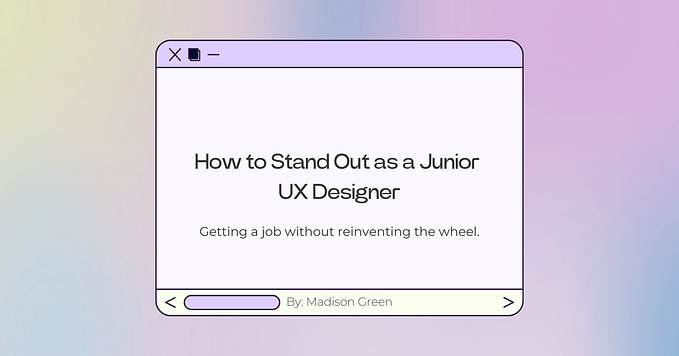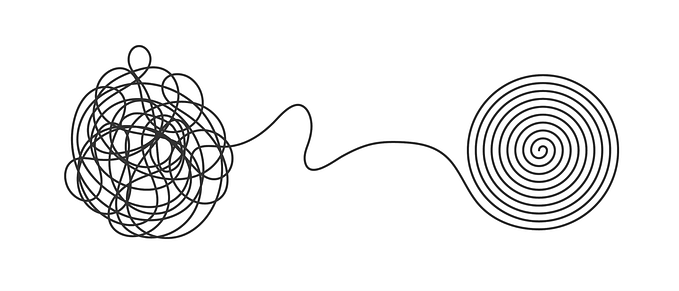Member-only story
Five things to look out for when hiring a designer
In addition to the apparent qualities you want.

I’ve had the luxury of never having to apply for a design job. We founded our agency nearly 12 years ago, in 2008, and we’ve have had just enough clientele since then to afford a place to live and the occasional craft beer. Oh, and MacBooks, of course. Can’t be seen without a MacBook.
I did, however, hire people — mostly designers. Recently, I was in the opportunity to witness a job-hunt from the other side — the designer’s side — and I noticed some anomalies in how other agencies interview people, and the hiring process in general. It turns out; I hire differently. And for good reason, I believe.
This realization got me inspired to find out what exactly I look for when hiring a designer (or other creative). Here’s what I found.
A note beforehand: these are not vague or arbitrary hiring requirements, rather they are focus points that help me understand better who someone is as a designer. Only looking at a portfolio and job history gives you a very limited idea of what kind of designer someone is. Having other things to look at helps make better judgements, from my experience.
Investigate her mistakes, not her successes
A designer is as good as the number of errors she’s made. Everyone has a success story or two, but those don’t tell you much. When everything’s working out, pretty much anyone can knock out some great-looking design work.
What’s much more interesting is to see how a designer handles a slippery slope — and how often she’s been there. Did she panic? Is she systematic in solving her problems? Are there aces up her sleeve?
A designer you want to hire is comfortable hitting rock bottom because she’s been there. She knows what it means to be in a complete creative deadlock — and she knows how to get out of one by herself.
It’s therefore much more interesting to ask about horror projects. Find out what went wrong. See if she’s willing to admit missteps she’s taken and reflect on what she should’ve done better. Find out if she blames the client, her art director, or anyone else but herself. And, most importantly, find out…







